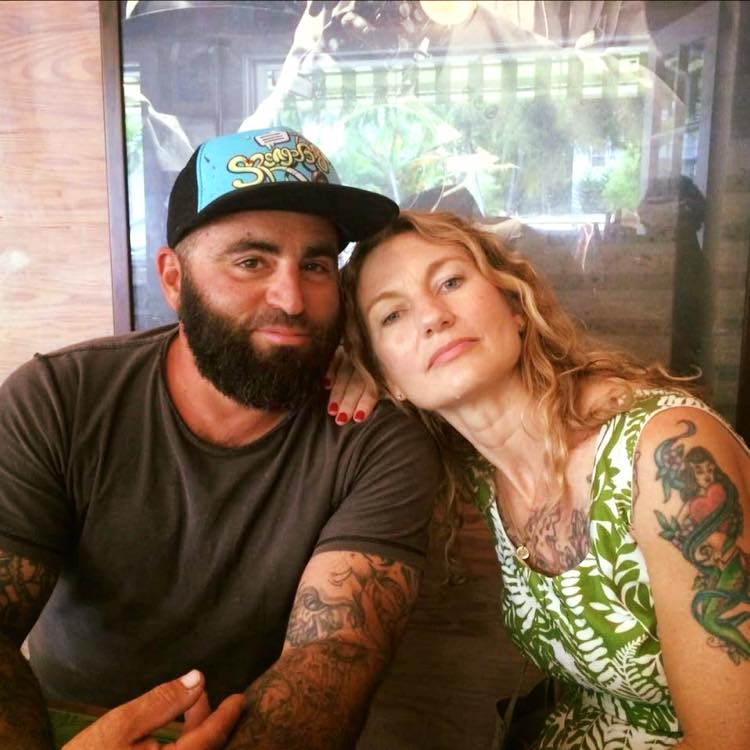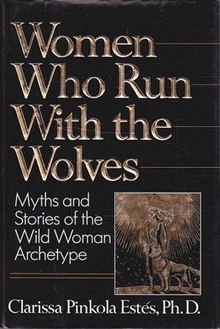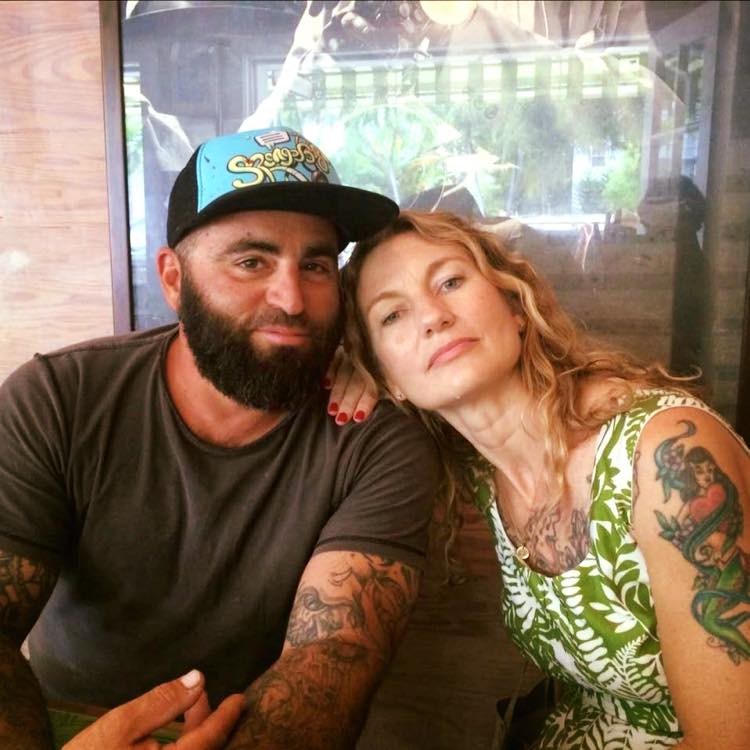The Unitarian Society, East Brunswick
October 24, 2021
This past March, a dear friend’s husband, who was himself also dear to my heart, who live a thousand miles away died suddenly and unexpectedly at the age of 46 – far too young and leaving not only his partner, but two children who loved him deeply. In the first days after I heard the news, I wasn’t quite sure what to do with my shock and grief, so I am not sure how my friend was surviving hers.

In the end, what I came up with was wholly insufficient, but I think that is so often true about our choices in the aftermath of someone’s death. It’s not enough, it never can be, but it is in the doing, hopefully with the least amount of clumsiness, and always with some amount of awkward, it is in the doing and in the trying that possibility emerges.
I chose to listen to Joan Didion’s, My Year of Magical Thinking. It was an audio version, voiced by the actress Vanessa Redgrave, so it was exquisite. This book is the memoir Didion wrote after the unexpected death of her husband (and ultimately, of her adult daughter, too).
If we want to find a literary example of denial, this is it. She describes with utter candor the ways in which she believed and acted in hopes of bringing her dead husband to life, in spite of the facts. I don’t think she stopped taking the garbage out, but just about nearly everything else.
During my sabbatical last winter, one of the books I read was Lessons from the Dying by Rodney Smith. In it, he writes,
“Death will come in with a force equal to the resistance we have to it.”
Rodney Smith, Lessons from the Dying
It’s debatable whether this is always true, yet it nags and gnaws at us to ponder it.
As you may know, this year I am leading two year-long explorations of mortality in community. This is another thing that came out of my sabbatical: a 46,000-word curriculum called Date with Death Club. It is being piloted in four or five other UU congregations this year, as well as being offered by me on a monthly basis. In one case it is online to UUs (including some of you) from all across the country. In the other case, it is in-person at the East Brunswick Public Library. The topic of this past month’s session was the mortal dance between resisting and accepting the fact of our mortality. We explored the many factors which contribute to where we might be on the continuum between resistance and acceptance.
While it may not be everyone’s cup of tea, since we are all members of Date with Death Club (whether we want to be or not), it’s a good way to spend a few hours on a Saturday morning. Next month, the topic is living with grief. We will be watching the documentary, My Octopus Teacher. You can register to attend the online session (the link should show up in the chat). Or you can just show up at the library (with your mask) the second Saturday of each month.
Another book that I have read, though longer ago than my sabbatical, has the wonderful title, Advice for Future Corpses (and Those Who Love Them). It was written by Sallie Tisdale, an author, former nurse, and Buddhist. She has written the following, which I think is so brilliant that I want a t-shirt with it:
“We need to talk about death bluntly, honestly, and often.”
https://www.lionsroar.com/everything-dies/
It’s hard to follow that advice if we are steeped in various forms of denial. Or magical thinking. But denial is part and parcel of the human psyche. We cannot just will it away. (Just like we cannot will away grief; it has its own pace and pattern.) Plus, denial, because it has some beneficial qualities as a psychological defense mechanism, should not be thrown out wholesale (and thankfully, cannot be).

Yet, there are things we can do, so that we have more control over our denial than it has over us. Consider this invitation to spiritual homework from the author of Lessons from the Dying. First, think of a time when denial protected you from a truth to devastating to accept and acknowledge the gift Denial gave you at that time. Then
“Pick a task that you avoid or procrastinate doing, like washing the dishes or emptying the garbage. What complications arise from that avoidance? When you find you are evading some unpleasant action, look at the motivation and emotion you have associated with it. Is there fear? Are you strong enough to go ahead and do it rather than hope it will go away? See how you seek escape in your wishful thoughts (maybe someone else will do the dishes).”
What would it look like if we weren’t in denial about the small deaths and losses or the big one at the end? Dr. Ira Byock, a palliative care physician, tells us that at the end of our lives, while there are ten tasks of the dying, ultimately it boils down to four simple mandates:
I forgive you.
Please forgive me.
Thank you.
I love you.

If we might stretch ourselves to move through the various kinds of denial in our lives – whether it’s about taking the garbage out or something much less mundane or much more emotionally-laden – we might be able to see each small and large good-bye as an invitation to practice for the last one. We might practice living like each day is our last, like this is the last year of our life, and doing so not because we are feeding a morbid obsession, but because we are seeking to disarm the power that denial and resistance can have over our lives, muting the brightness, returning energies for living our life, because we stop resisting the fact of our mortality.
I forgive you.
Please forgive me.
Thank you.
I love you.
Some of you may be familiar with the storyteller/author Clarissa Pinkola Estés. In her book, Women Who Run with Wolves, she shares a version of the Inuit story of Skeleton Woman. It is too long to fully include here, so this is my adapted telling of it.

A girl is wrongfully killed, her body thrown into the sea, where the fish eat away at her flesh and turn her body into a skeleton, buffeted by the currents, but somehow, magically, kept intact. Most of the villagers stayed away from that part of the ocean, believing it to be haunted, but a fisherman from a faraway place, ended up there. He began fishing from his small kayak. His line caught on something big, which brought excitement. When he hauled up his catch, to his terror he discovered this skeleton woman. Despite his best attempts to rid his line of her, it did not work. He paddled madly to put distance between him and the skeleton.
“Agh!” cried the man, and his heart fell into his knees, his eyes hid in terror on the back of his head, and his ears blazed bright red. “Agh!” he screamed, and knocked her off the prow with his oar and began paddling like a demon toward shoreline. And not realizing she was tangled in his line, he was frightened all the more for she appeared to stand upon her toes while chasing him all the way to shore.
Even when he got to shore, she was there. Even when he jumped and ran home to his ice hut, she was there, the line she was caught on and which he dragged along, connecting them despite themselves. As he dove into the tunnel that was the door to his home, into the dark, he was sure that he was safe. Yet, when he lit the oil lamp, there she was. His heart beat even faster, like a drum, fear rising. And then he looked again, the soft lamp light inviting him to behold her differently. He began to speak softly to her, as a parent to a young child. He began to untangle her from the fishing line, which had truly contorted her shape. He invited her to sleep on the bed of soft furs.

His exhaustion finally overtook him and he slept. As he did, fearful dreams of what had just transpired, bringing a tear to his eye. Skeleton Woman, moved by the eventual tenderness he showed her, drank of that tear, which was like a river. As the story concludes
While lying beside him, she reached inside the sleeping man and took out his heart, the mighty drum. She sat up and banged on both sides of it: Bom Bomm!…..Bom Bomm! As she drummed, she began to sing out “Flesh, flesh, flesh! Flesh, Flesh, Flesh!” And the more she sang, the more her body filled out with flesh. She sang for hair and good eyes and nice fat hands. She sang the divide between her legs, and breasts long enough to wrap for warmth, and all the things a woman needs. And when she was all done, she also sang the sleeping man’s clothes off and crept into his bed with him, skin against skin. She returned the great drum, his heart, to his body, and that is how they awakened, wrapped one around the other, tangled from their night, in another way now, a good and lasting way.
Pinkola Estés calls this story a love story. Others call it a story of healing or one of compassion. I call it befriending death. Because when I read it, I see what is possible when we stop running away from the fact of our mortality. I see what is possible when we embrace this truth: our lives can become fuller, more fleshed out, and we need not live with fear, but one of courage – with heart at its center, for that is the root of the word courage – cor – from the Latin for heart.
Some people say a person can never change. I must acknowledge that sometimes I hear that voice in my head. It’s usually when I am experiencing fear, or shame, or hurt. I think it is a form of protection, a kind of psychological defense mechanism. Defenses like denial, like believing that we are all stuck and can never change, have their place as we establish safety for ourselves, but their usefulness is temporary. They can overstay their welcome and if they do, what was useful, can become dysfunctional.
In Unitarian Universalism, we say that revelation is not located in any one set of scriptures or sources, is unsealed, and is always in process. This is true, not just about what constitutes scripture or sacred text. Our Universalism, with its foundation that we are all saved, that we are all loved, tells us this is about us as well.
I believe one of the manifestations of this is that even as we are aging, perhaps getting more stuck in our habits and patterns, we can still very much fulfill our life tasks. We can seek and grant forgiveness, even if we have not spent much of our lives focused on this. We can thank and express love, and discover that these are not just in words or transactions, but transformations. Transformations of relationships and our spirits, be it now in the time we have left, or in our waning days or hours: a gift to ourselves and those we will eventually leave behind.
We need not wait to practice the wisdom Dr. Byock has distilled for us from his decades of working with people at the end of their lives. There are traditions available to us that connect us to this wisdom – the Jewish holiday of Yom Kippur provides powerful structure for seeking forgiveness and granting it. Step 9 in the Twelve Steps – “make direct amends to such people wherever possible, except when to do so would injure them or others” – also provides structure to this most needful of human interactions. Each morning, when we say good-bye to those we live with; each phone call, when we say good-bye to the person on the other end of the line: these, too, are invitations to practice: thank you. I love you.
Let us not be like Sarah Cynthia Sylvia Stout, who waited in denial so long to take the garbage out, that she met some awful fate. (That I cannot, right now relate because the hour is much too late.)
Let us choose to be like the lover of Skeleton Woman, perhaps afraid at first, but willing, in time, to embrace mortality, that life might be sweeter, fuller, fleshlier.
Let us find ways now, right now, not waiting until the last minute, to say to our beloveds
I forgive you.
Please forgive me.
Thank you.
I love you.
So be it. See to it. Amen.
